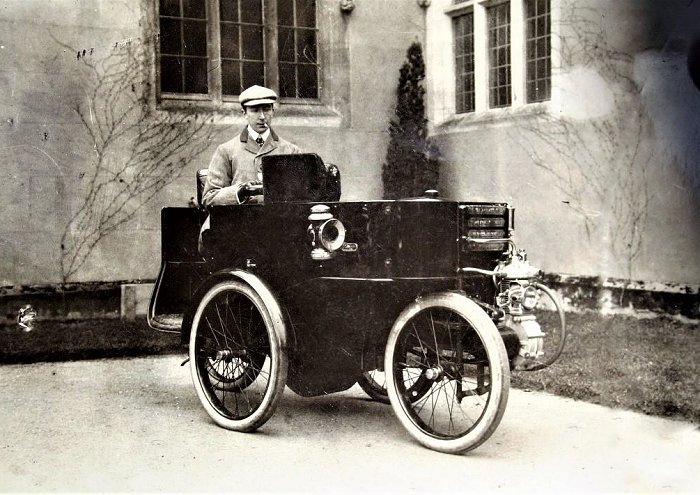|
Subsequent
Ownerships
Theodosia Hinckes died in 1874 at
the age of 82 whilst resident in her younger sister’s
home in the Close at Lichfield. In her will dated 23rd.
October 1872, she stipulated :- ‘The Mansion House at
Tettenhall with grounds farms and estates in the
counties of Stafford; Salop and Hereford are given over
to the life use of the Venerable Henry Moore Archdeacon
of Stafford and his wife Harriet Rebecca Moore’ This
suggests her sister had no children to benefit from the
legacy. The will then added:- ‘ Then to George Horatio
Davenport of Foxley and thereafter to Harry Tichbourne
Davenport and sons.’ The Davenports were distant cousins
whose father John had bought a large estate at Foxley,
near to Hereford; having moved there in 1856 from
Westwood Hall at Leek, where he had been involved in the
pottery industry.
Rebecca died in 1883, two years
after her husband, but Horatio Davenport seems to have
inherited ‘Foxley so the younger brother Harry
Titchbourne. Davenport took up residence at the Wood
House when he was 50 years old. The legacy had a sting
in the tail for the Davenports because it was
conditional on them changing their surname form
Davenport to Hinckes and quartering their heraldic arms
with the Hinckes within 15 months of inheriting the
estate: surprisingly it didn’t even permit hyphenating
the names so suggested a modicum of arrogance on
Theodosia’s part. Her brother having died young she was
obviously intent on preserving the family name in
Tettenhall and at the Wood House in particular: she
gives the impression of having been a formidable lady!
Harry Devenport (Hinckes) occupied
the house from 1883 until his death in 1895 but he was
obviously resistant to changing his well-known family
name, especially as he was a barrister in the Inner
Temple and very active politically, being MP for North
Staffordshire and then Leek. He eventually conceded and
in 1890, towards the end of his political career,
adopted the name Hinckes. Both names are commemorated in
road names in the area.
His nephew Ralph Tichbourne
Davenport inherited and changed his name to Hinckes in
1895 before selling the house to Samuel Bayliss,
chairman of Bayliss Jones and Bayliss, the Wolverhampton
iron working company. He and his wife Emma raised eight
children in the house including Edwin Butler Bayliss the
eldest, who became a well-known local professional
artist initially working from a studio in the house.

Edwin Butler- Baylis, artist, in
his Sunbeam-Mabley, 1901.
In turn the house was sold in1912
to Victor Emanuel Hickman, iron master, for £21,200:
Victor died in 1935 but his widow Ethel Margaret
continued living there with one of her daughters. In
1953 and 1955 she sold four fifths of the estate to
Tettenhall Urban District Council for housing
development (the Woodhouse Road and Cornwall Road
Estates. Because her children, including her resident
daughter, did not wish to live in the house after her
death, the final 17.45 acres of the estate including the
house, was sold to Tarmac Construction Ltd. In 1964 for
£85,000: through the agency of her nephew, who was a
director of the company. Tarmac then leased the house
back to her with the agreement that they would not
demolish it and develop the land until six months after
her death – she kept them waiting, dying in 1969 at the
age of 103!

The house prior to demolition with
auction lot no’s painted on the windows.
The building could have been saved
and used for another purpose, a procedure adopted for
several other existing large houses in Wolverhampton
when their estate land was developed Unfortunately
Tarmac were not noted for putting historical
appreciation before financial gain, so their main
concern here was not architectural preservation but
maximising the number of houses they could build on the
site: a humiliating end for Theodosia’s Gothic
masterpiece. Again, in the words of John Raven: ‘Its
demolition was a tragedy of classic proportions’
|